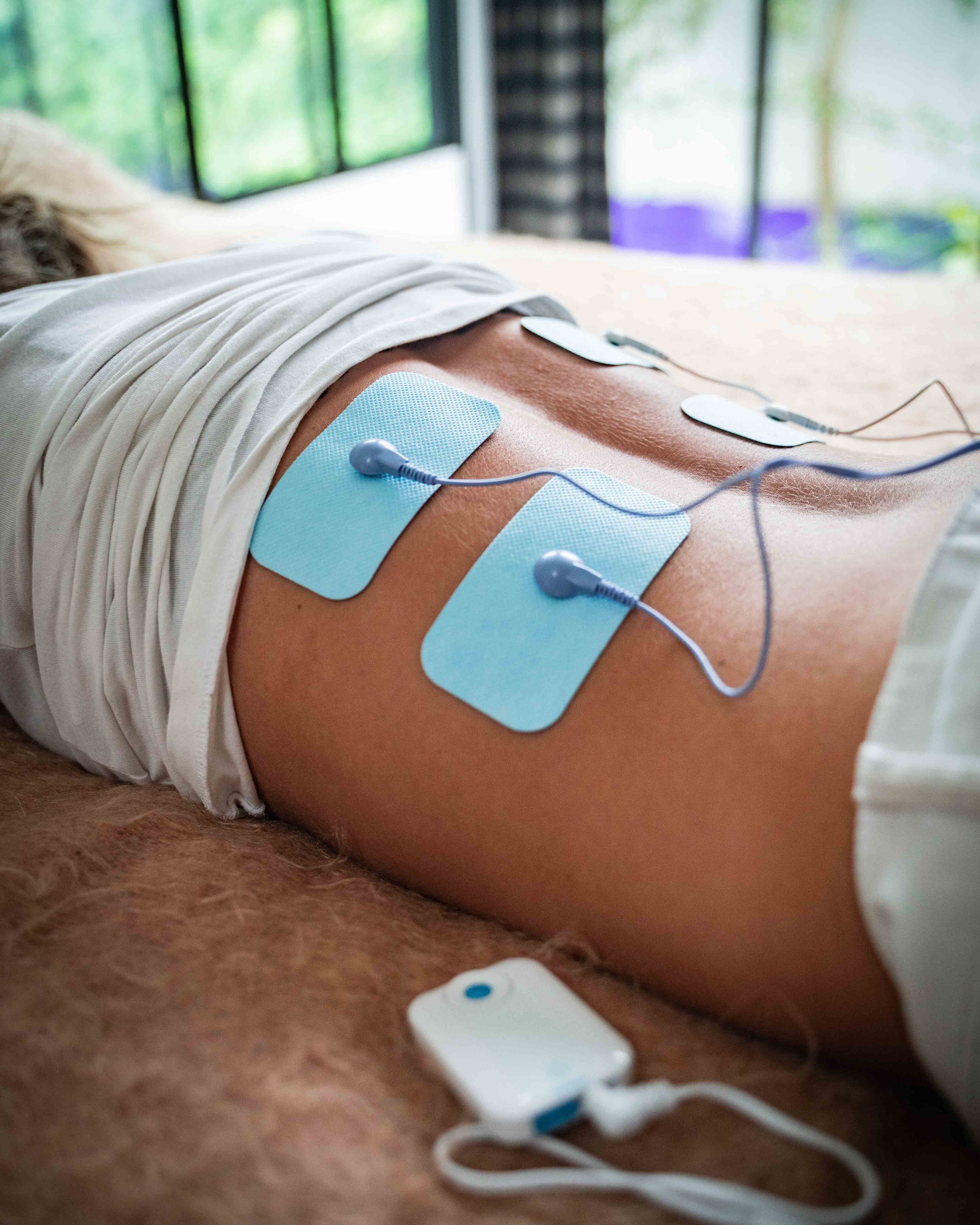Electromedical Treatments for Arachnoiditis
/By Dr. Forest Tennant, PNN Columnist
Adhesive Arachnoiditis (AA) is an inflammatory, nerve root entrapment disease in which cauda equina nerve roots are glued by adhesions to the arachnoid-dural covering of the spinal canal. An inflamed tumor-like mass is formed inside the spinal canal that blocks spinal fluid flow, allows seepage of fluid into tissue outside the spinal canal and shuts off electrical impulses that activate the legs, feet, bladder, intestine and sex organs. Autoimmunity is produced and/or magnified by AA.
We highly recommend a three-component protocol for AA to reduce inflammation and autoimmunity, regenerate damaged tissue and to provide pain control. Recent advances in electromedical therapies can help achieve these three goals.
There are two basic types of electromedical devices available for AA treatment: electric current therapy (EC) and electromagnetic therapy (EM).
Electric Current Therapy
Almost everyone is familiar with “TENS” units, which stands for “transcutaneous electrical nerve stimulation.” These devices were the first electromedical therapies to relieve pain and promote healing.
TENS units deliver a single electric current into tissues to produce an anesthetic, pain relieving effect.
Today, more advanced EC devices administer micro-currents and/or a combination of multiple currents with different frequencies.
Electromagnetic Therapy
There is a form of energy that is half electricity and half magnetism, which can be divided into wave lengths. The very shortest wave of electromagnetic energy is “atomic” and the longest is “radio.” The shortest wave used in medicine is “laser.” Other electromagnetic energy waves used for medical purposes include infrared, light and microwave.
EC and EM devices, when placed over the lower back, deliver electric current or electromagnetic energy to the lumbar-sacral spinal canal and the spine’s surrounding tissue.
Modern devices use intermittent pulsation of electric currents or electromagnetic energy to penetrate the skin and subcutaneous tissue to reach the AA site, which is usually about 2-3 inches below the skin.
Some devices use the label PEMF, which stands for “pulsed electromagnetic frequency.” We believe that the newer EC and EM devices can deliver electric currents or electromagnetic energy that, when pulsed, penetrate deep enough to reach the AA disease site.
Although not totally curative, these devices usually bring about pain reduction in the 20 to 30% range. Within an individual’s financial capability, we recommend that an EC and/or EM device be used 2 to 3 times a week (not daily). EC and EM therapy are not substitutes for a medical protocol.
EM and EC devices often produce some initial healing, but later seem to stop working. In this situation the device may have done its maximal healing. The devices can still be used periodically to prevent relapses and treat flares.
Forest Tennant, MD, DrPH, is retired from clinical practice but continues his research on the treatment of intractable pain and arachnoiditis. This column is adapted from a bulletin recently issued by the Arachnoiditis Research and Education Project. Readers interested in subscribing to the bulletins should click here.
Dr. Tennant’s new book, "Clinical Diagnosis and Treatment of Adhesive Arachnoiditis” is available on Amazon.
The Tennant Foundation gives financial support to Pain News Network and sponsors PNN’s Patient Resources section.





